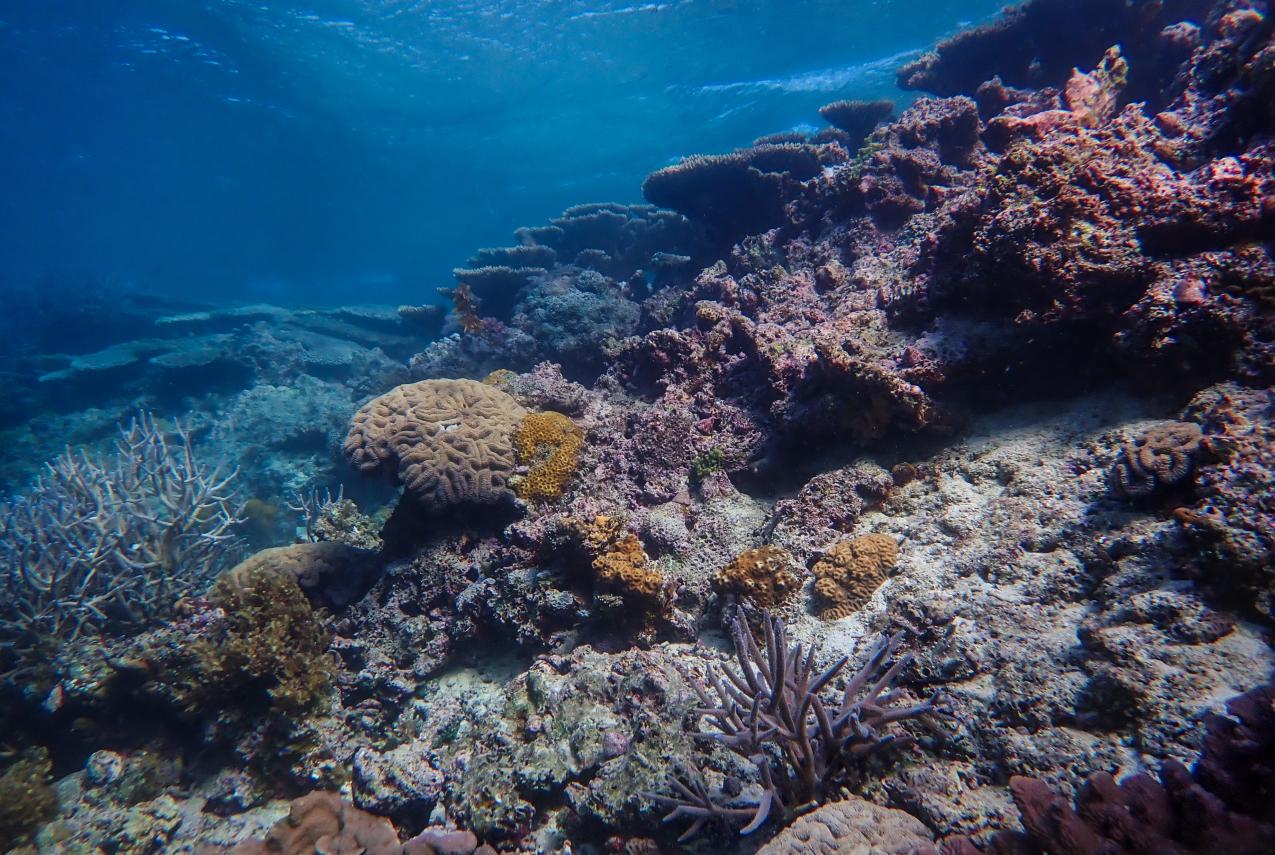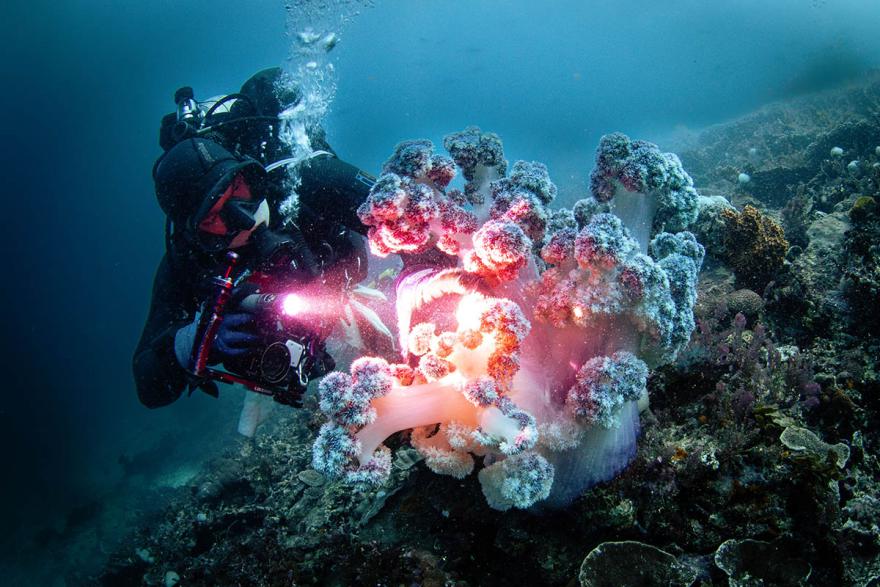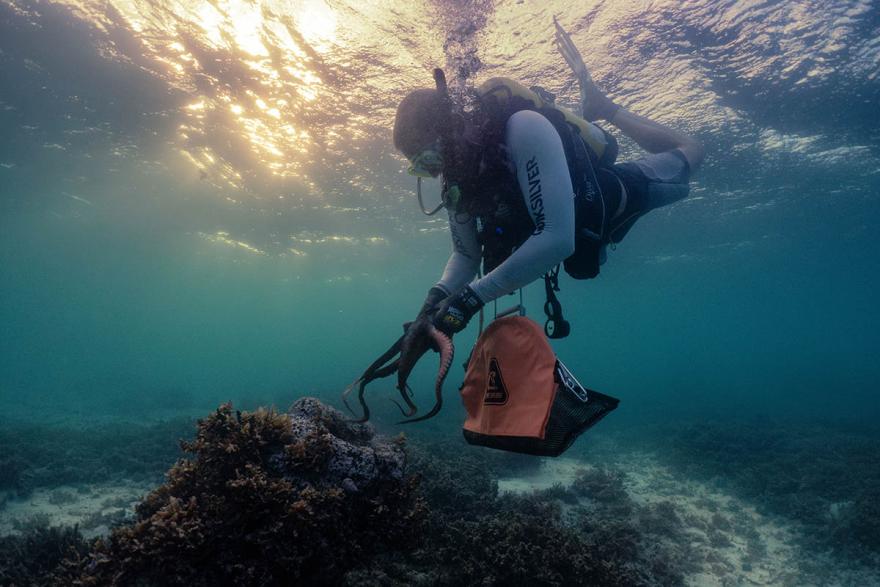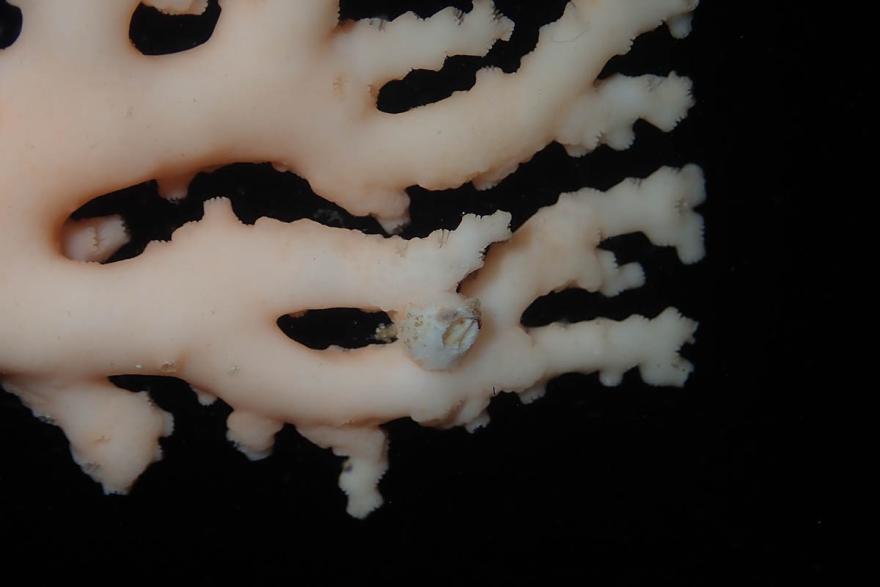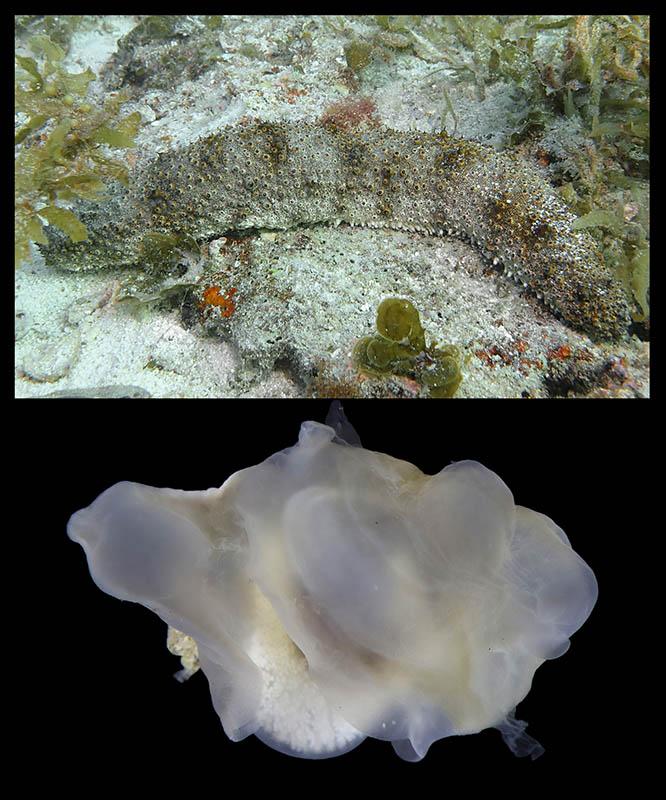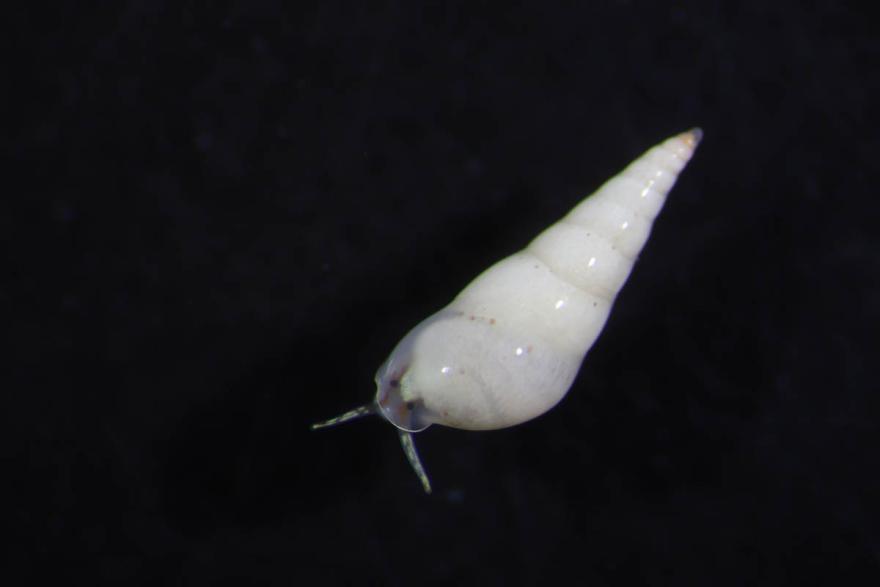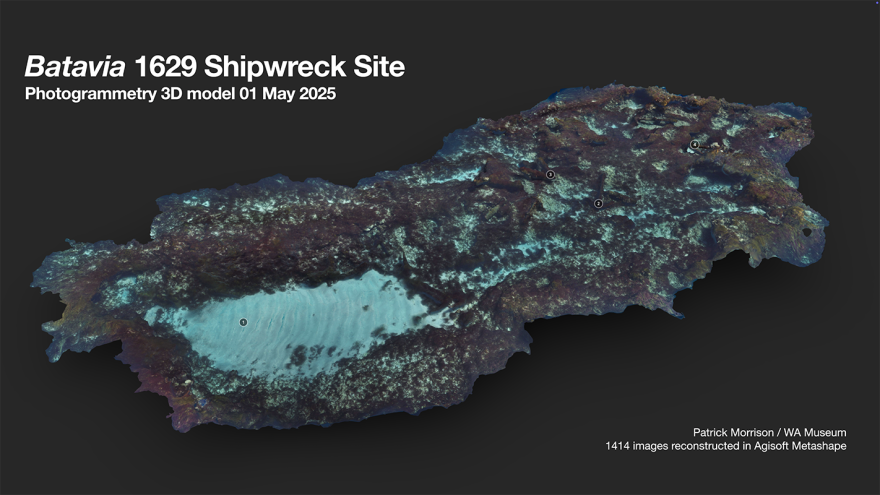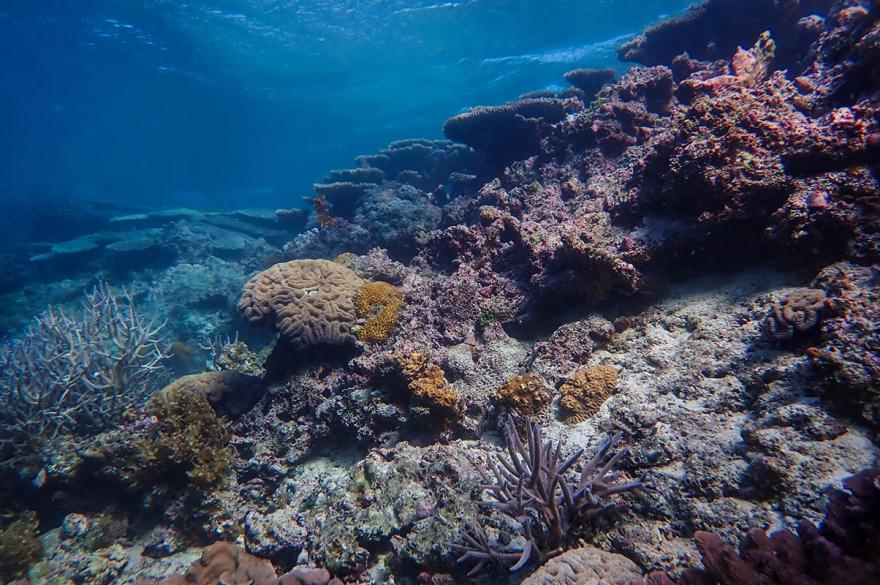The biologists focused on cryptic and microinvertebrate species, a little-known component of the marine ecosystem, but one that has enormous potential for future conservation efforts.
For instance, a miniscule marine snail, living on a sea urchin, was discovered as part of the expedition, has never previously been recorded south of Singapore.
Other discoveries included, Entovalva bivalve molluscs, that live inside the throats of sea cucumbers, and a temperate octopus species, Octopus djinda, living on the Hadda wreck and among coral reefs, coexisting with tropical octopus species.
In all, a diverse range of species, new to the Islands were recorded.
The team were also able to confirm that, despite widespread coral bleaching further north at Ningaloo and in the Kimberley from the 2024/2025 marine heatwave, corals in the Abrolhos were found in good condition, and while there was some evidence of predation and disease, no significant bleaching was recorded.
WA Museum Head of Aquatic Zoology, Dr Lisa Kirkendale, said the team had been thrilled to return to such a biodiverse and ecologically significant area.
“The Houtman Abrolhos Islands sit in a marine transition zone, where tropical and temperate faunas overlap, so we often see unusual combinations like sea lions swimming amongst branching corals. These transition zones are evolutionarily important, as new species often occur on the ecological periphery.”
Specimens collected during the expedition are now being processed at the WA Museum’s Collection and Research Centre, with data to be made publicly available through the Atlas of Living Australia.
Meanwhile, the Museum’s Maritime Heritage staff conducted site inspections and photogrammetric surveys of several wreck sites, including Batavia and Zeewijk. The resulting data and 3D models show how these sites have changed over time and will inform ongoing management of some of Australia’s oldest sites of European contact.
The team worked aboard the MasterClass liveaboard vessel, captained by Hayden Gillespie, with support from Central Regional TAFE staff. Five Yamatji Sea Rangers participated in the expedition, contributing to sample processing and site surveys. Their involvement was made possible by Yamatji Southern Regional Corporation as part of the Museum’s continued commitment to embedding cultural knowledge in marine science.
The project was supported by major funding from the Foundation for the WA Museum’s 2023 Impact Circle Grant, The Jock Clough Marine Foundation and by the Winifred Violet Scott Charitable Trust, administered through Curtin University.
